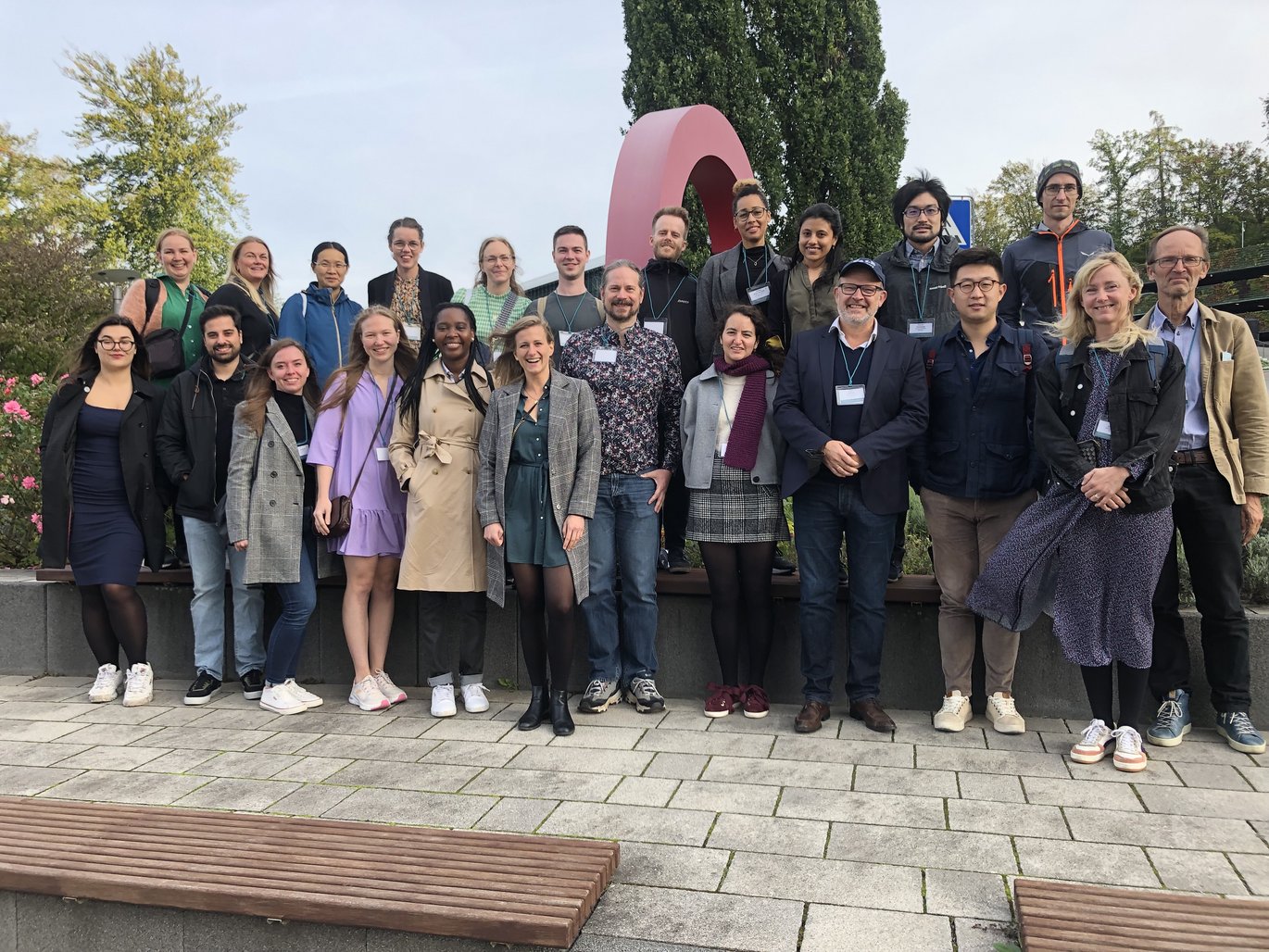The EMBL Partnership Meeting fuels new international collaborations for DANDRITE researchers
Burgeoning research collaborations, new perspectives on own research and concrete plans for exploring the EMBL facilities and resources. These were just a few of the outputs for DANDRITE’s researchers attending this years’ EMBL Partnership Conference in Heidelberg.

For three days 28 PhD’s, postdocs, associate professors, team leaders and PIs have exchanged knowledge about their specific field of research with colleagues from all over the world. With four scientific presentations, three flash talks and 10+ posters, DANDRITE was making a substantial mark on the international scientific landscape within the field of molecular medicine.
“The EMBL partnership conference is always an exciting event, and a great opportunity for us all to see many different ways of deriving and developing projects in molecular medicine. Some go "all in" on clinical applications, others on advanced samples or models, very inspiring!” says DANDRITE director Poul Nissen and continues:
“At the same time, we are given a unique platform to broadcast our own results and hopefully accomplish that DANDRITE results and protocols are both broader known and further developed in labs all over the world”.
A shortcut to state-of-the-art facilities
The core of the EMBL Partnership is the seamless access to infrastructure, resources, and facilities for the member states, which gives both young and established researchers access to state-of-the-art equipment. For PhD Pia Boxy new opportunities for working with electron microscopy emerged after visiting the new EMBL Imaging Center in Heidelberg during the conference:
“I would like to make more use of the EMBL facilities. They are setting up this new imaging center where they have state-of-the-art microscopy and electron microscopy as well, and they (EMBL) said that they would help us during the process, preparing the samples for brain and putting them through the microscope, I think it would be good to make use of that”, says PhD Pia who is part of Nykjær Lab.
One of DANDRITEs team leaders has already made specific plans to make use of the infrastructure in the nearest future:
“We have been talking about sending someone here (EMBL Heidelberg, red.) early next year to do some experiments in spatial transcriptomics on a project”, says team leader Gilles Claude Vanwalleghem. He also reinforced a connection with a Swedish lab, who like him are working with the gut-brain-axis:
“Because they work with microbiome in the mucus barrier, so there are a lot of potential interaction there,” says Gilles.
According to Poul Nissen this years’ meeting with talks divided into three different topics, “Stem cells and development”, “Neurobiology” and “Genomics and disease”, particularly benefitted the young researchers:
“I very much liked the new format this year with parallel sessions - it gave many more young researchers the opportunity to present, and it spurred more discussion with the talks.”
Poul Nissen also highlights the poster session, where over 10 young DANDRITE-researchers had the opportunity to communicate their research. Among them was PhD Lucie Wolosczcukova from Nykjær Group, and with the poster “Exploring SorCS3 signaling during zebrafish, mouse and human brain development” she was one of the five winners of this years’ poster prize.
From Poul Nissens perspective DANDRITE have every reason to go home proud:
“I was so happy to see that Lucie won a poster prize - GO DANDRITES!”
The EMBL Partnership Meetings are held every third year and gathers all 27 members states.
You can read more about EMBL and its facilities within Molecular Medicine here
